Trends in Small Ruminant Production: Perspectives and Prospects
Two third of worlds population live in Asia below poverty line and more than 65% of them are poor livestock keepers earning their livelihood from small ruminant sector. Significantly quantifiable organised research has been carried out in our country in small ruminant sector by various non governmental organisations and government research institutes which are well documented and presented at various platforms. However the small ruminant farmers especially the landless and marginal category are solely depended upon livestock resources and are rarely benefited by the developed technologies.
The basic characteristics of sheep and goat husbandry in India is largely depends upon common property resources, herbage produced particularly during monsoon season and vegetation left after harvesting the crops. The changing land utilization pattern and climatic condition in general further affect the feed resource availability and small ruminant production in particular. Since crop production is a gamble of monsoon and failed very frequently in the semi arid and arid regions of the country the basic livelihood and sustenance to major chunk of human population is being provided by livestock farming especially sheep and goat husbandry. It was thus felt that we need to assess and retrospect the causes of non adoption of our technologies under field condition and further how best the developed technologies need to be modified to suit percolate and applied to a greater extent for the improvement of small ruminant productivity. Keeping in view this objective the National Seminar with the theme title Prospects and Retrospect of Small Ruminant and Rabbit Production: contribution to socio-economic security was organised under the ages of Indian society for sheep and goat production and utilization ISSGPU and Central Wool Development Boad CWDB Jodhpur at Jaipur and various expert resource personnel like field workers, NGOs technocrats and researchers were invited to address the issue in right perspective. They have discussed contributed and presented and their findings in very scientific manner which can be further be a useful tool for taking up future strategies and to modify the program. It was felt that this valued information will be very useful if complied in a book form and initiative started to do so. The current book entitled Trends in Small Ruminant Production: Perspectives and Prospects contains 34 chapters covering national scenario of small ruminant husbandry current production level and country's requirement, current research trends and findings with regards to production reproduction feeding breeding health of small ruminants and rabbits and utilization and value addition of their produce meat milk wool. Further how best these technologies can be implicated under current small ruminant rearing system to have better productivity from the native and upgraded germplasm and how best this can improve socio-economic status and livelihood of the farmers. This book also give insight of future line of research to meet our demand and supply gap in terms of milk meat and wool production.
Over the last about two decades, the scientists working at the Central Sheep and Wool Research Institute, Avikanagar, India, and the Central Institute for Research on Goats, Makhdoom, India, have developed various advanced technologies for increasing the production and productivity at comparatively low resource utilisation. This book describes some of these major technologies through a compilation of over 30 contributed chapters, authored by distinguished scientists from the abovesaid and other research institutions of India. The book also provides in-depth scientific information related to aspects such as breeding, reproduction, nutrition, health management, and utilisation & marketing of meat and wool products. Each of the included chapters is appended with a list of references for further and deeper information.
Get it now and save 10%
BECOME A MEMBER

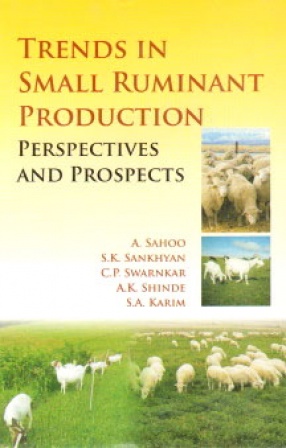
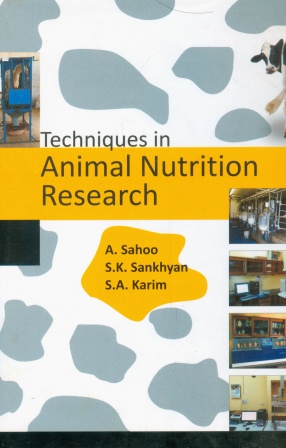
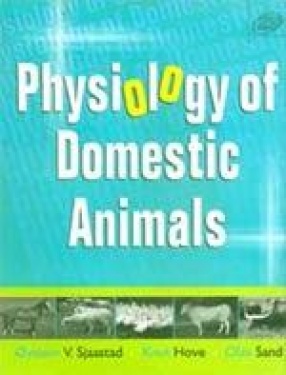
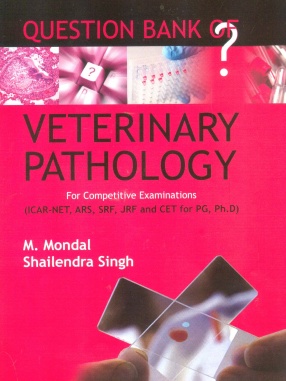
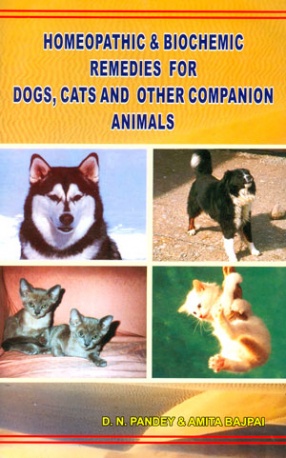
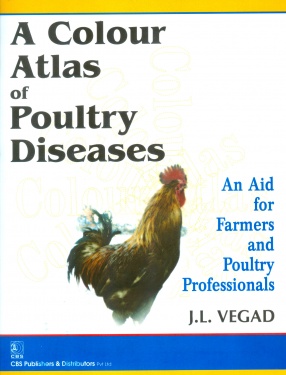

Bibliographic information